By Eric Vandenbroeck
and co-workers
The New City Planning
The future cities are
here—or, at least, in the works. From Saudi Crown Prince Mohammed bin Salman’s
dreams of Neom, a $500 billion planned city, to Chinese President Xi Jinping’s
ambitions for the city of Xiongan, which he calls his
“personal initiative,” so-called smart cities are being built from the ground
up, to considerable global skepticism.
In this edition of
Flash Points, we explore how cities, new and old, provide glimpses into global
leaders’ ambitions and how they’re changing as the surveillance state expands,
urban populations grow, and local governments become increasingly important to
state-level diplomacy.
China’s City Planning in Xiong
About 60 miles south
of the center of Beijing, a new city is being built to showcase high-tech,
ecologically friendly development. Its massive high-speed
rail station and
“city brain” data center have been heralded by Chinese state
media as evidence of the speed and superiority of China’s growth model—not
least because the city is a “signature initiative” of Chinese President Xi Jinping. Xiongan
New Area is also a test for whether China can boost domestic innovation and
climb into the ranks of advanced nations in the face of slowing economic growth
and efforts by the United States and others to restrict its access to advanced
technology.
Xiongan offers a window into what Xi’s vision of state-led
innovation looks like on the ground. Xi has called the city his “personal
initiative” and a qiannian daji, or “thousand-year plan of national significance.”
The plan for Xiongan, formally unveiled in 2017 to
relieve pressure on Beijing and promote the “coordinated regional development”
of the Beijing-Tianjin-Hebei region, has faced financial
struggles due to the huge
investment costs—even more of a problem given China’s mounting real estate
crisis. Overall, the new area encompasses about 650 square miles, with a
planned population of around 3 million; currently, the three counties comprising the zone
have around 1.4 million long-term residents. As of September 2022, 400 billion
yuan (about $57 billion) in completed investment had been reported in the city overall.
While Xi has stacked
the new Politburo Standing Committee with officials loyal to him, he has
also elevated those with strong science and engineering backgrounds.
In his speech at the 20th Party Congress last October, Xi
declared that “innovation will remain at the heart of China’s modernization
drive” and that China has “worked hard to promote high-quality development and
pushed to foster a new pattern of development.” Nevertheless, a confluence of
factors, including COVID-19 lockdowns and trade tensions, contributes to slower growth in China.
Rather, Xi’s vision
of innovation is one in which the state and party play a leading role. Xi has
led a crackdown on private technology firms such as Alibaba but has also
promoted policies, such as his Made in China
2025, that aim to boost
research-and-development spending and subsidies to give Chinese firms
competitive advantages in industries including biotechnology, robotics,
artificial intelligence, and semiconductors. Xi’s policies favor “hard tech” over software-based platform app companies. The
first party secretary of Xiongan was Chen Gang, who oversaw Beijing’s Zhongguancun
high-tech park before being transferred to Guizhou, where under Xi ally Chen
Miner, he helped turn the southwestern province into a center of big data and
cloud computing.
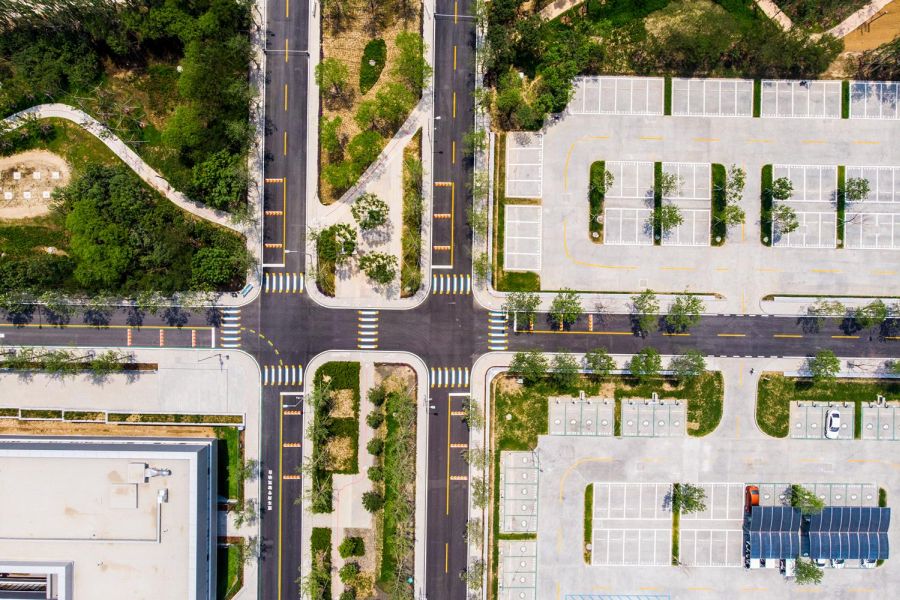
The approach to
innovation in Xiongan involves embedding technology
within the fabric of the city and innovation processes within the party state. Xiongan Group was created as the investment vehicle for the
area’s overall development, under the control of Hebei province but backed
partially by loans from China Development Bank. China Satellite Communications
Co., the energy giant China Huaneng Group, and Sinochem Holdings were the first central state-owned
enterprises to begin the construction of offices in the new area. Others now
include the big three telecoms, China State Grid, and China Mineral
Resources Group, a
conglomerate set up last year to centralize China’s coal mining industry. These
state-owned enterprises could use Xiongan as a test
bed for new technologies. Research institutes and satellite branches of several Beijing universities are planning to open in the area around 2025.
The relocation of these major units and their thousands of employees will
determine how quickly Xiongan’s development proceeds.
Even as China’s
economy has slowed during COVID-19 lockdowns and the global downturn,
construction of the first phase of Xiongan has
marched on: A huge high-speed rail station to connect the city with Beijing
opened in 2020, followed by residential slabs, massive underground utility
corridors, and the city brain data center, which will serve as the nerve
center of the city’s digital systems. The first section, Rongdong,
has been mostly completed, housing 170,000 people. Media reports of new schools opening show the effort to build high-quality
public amenities to attract residents to the city: Branches of Beijing
institutions such as Shijia Primary School and
Tsinghua University High School are among the new educational institutions
being built in Xiongan.
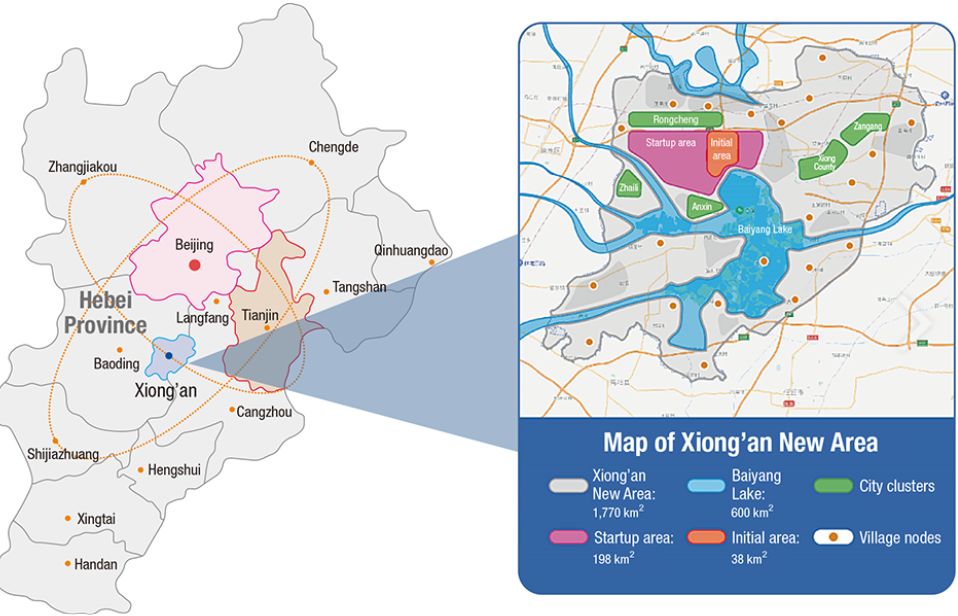
The goal of Xiongan is to deploy novel city-scale technological systems
within the urban fabric: underground logistics systems, water treatment
facilities, and infrastructure for data collection and management. Xiongan has been described as “three cities”: the city aboveground, the city underground, and the
city in the cloud. The underground city is the utility corridor laid beneath
major roads and will carry water and electricity mains and space for automated
logistics delivery. The “city in the cloud” refers to Xiongan’s
digital twin, a virtual digital copy built alongside the actual city’s
construction. This digital twin is supposed to allow for better real-time
traffic navigation, better infrastructure and technology systems maintenance,
and algorithm-driven management of traffic and other urban systems. Similar
systems have been piloted in other Chinese cities to control traffic, for
example, relying on pervasive surveillance
technology. Yet the
use cases of Xiongan’s digital twin and 5G-powered
autonomous vehicles have not yet been deployed from the ground up at the scale
of an entirely new city like Xiongan.
Such large-scale
infrastructural systems enable the trialing and showcasing of new technologies
on a scale unseen in most new city projects. Xiongan
has also been a testing ground for China’s efforts to establish a new digital renminbi. This central bank digital currency could
ultimately reduce dependence on the U.S. dollar and allow the government to
collect data on consumer transactions. Construction workers in Xiongan have received wages via digital blockchain currency, thus
incentivizing adoption even as most consumers have been slow to embrace the
digital renminbi.
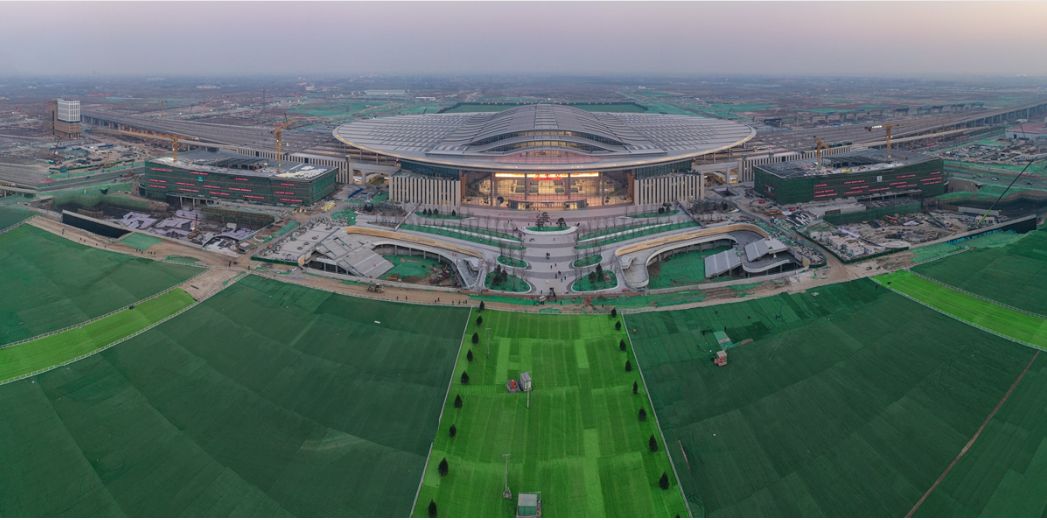
If Shenzhen signaled
China’s experimentation with market reforms under Deng Xiaoping, then Xiongan represents a partial reversal. Today, the
phrase Xiongan zhiliang (“Xiongan quality”) is used to describe the city as a symbol of
“high-quality development,” a term that emerged in 2017 during the 19th Party
Congress to signal China’s progression away from heavy manufacturing to an era
of so-called cleaner knowledge-intensive growth. It also references the
term Shenzhen sudu (“Shenzhen
speed”), which was used to describe Shenzhen’s rapid growth as one of China’s
first special economic zones in the 1980s.
In addition to its
emphasis on innovation, the city’s design has social engineering goals. Xiongan’s plan calls for putting social and cultural
facilities at the heart of urban life, reflecting the importance that the
Chinese Communist Party has placed since 2014 on promoting a more
“human-centered” urbanization. Urban design guidelines call for new
“five-minute blocks,” allowing residents to access community medical clinics,
child and elder care facilities, and a range of other one-stop services within
a five-minute walk, and for “cultivating a new Xiongan
person with a healthy mind, noble character, and artistic temperament.” If
implemented, this plan would recenter the party’s presence in everyday urban
life while streamlining and modernizing the image of government bureaucracy.
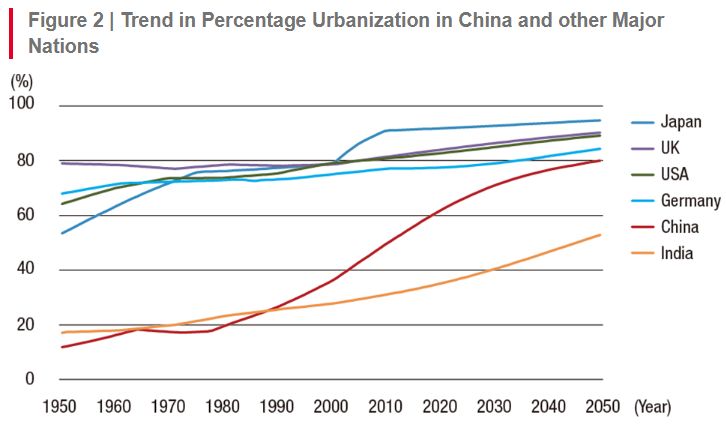
Xiongan’s design also infuses elements of traditional Chinese
culture into modern architecture, reflecting Xi’s emphasis on “cultural self-confidence.” The Xiongan New Area
Management Committee ordered “three no-builds in Xiongan—no
high-rise buildings, no cement forests, no glass curtain walls.” While there
will be some high-rises, heights will be controlled in most areas. Xiongan may be Xi’s Shenzhen or Pudong, but in style and
form, it is the opposite.
Environmental quality
is a large part of Xiongan’s symbolic power.
Recognizing that toxic pollution had threatened the party’s legitimacy, the
State Council issued new urbanization guidelines in 2014. Xiongan
is the crystallization of this. Energy is to be generated from various
renewable sources. Public transport is planned to shoulder 90 percent of traffic.
Autonomous electric vehicles will operate with intelligent sensing cameras that
will allow them to navigate the city’s streets. Media reports claim that the Baiyangdian
wetlands have been revitalized through pollution removal and habitat
restoration.
Several buildings
nearing completion communicate this fusion of nature, high technology, and
elements of traditional Chinese culture: The city's brain data center floats on
a body of water surrounded by greenery that will cool the servers and moderate
the energy required for the operation of cloud computing servers. A power
transforming station built by China State Grid features a Chinese-style garden
on its roof. A recent CCTV documentary described the building of “shan shui city style, integrating
practical use and aesthetics.” This references the classical Chinese painting
tradition of water and mountain landscapes. The message is that high-tech
innovation doesn’t have to come at the expense of the environment or public
health and that China can innovate on its terms.
There have been
discussions in Xiongan about implementing new affordable
and subsidized housing models. But a former employee of one of the state-owned
developers involved in Xiongan told me that he
thought, ultimately, there would be a mix of housing types, including
subsidized rental units and homes for purchase. Rongdong,
Xiongan’s first phase, has mostly comprised
resettlement housing for villagers whose homes were destroyed to make way for
the city’s construction. This continues a nationwide policy of eradicating
rural poverty by relocating villagers to new apartment blocks—although this
often fails to reduce poverty and creates new problems.
Given Xi's centrally
led investment and personal commitment, it would be unwise to write off the Xiongan experiment. The city is the latest example in
China’s long history of using model cities to communicate political ideals,
from the socialist oil city of Daqing in the 1950s to Deng’s Shenzhen as a
testing zone of market reforms in the 1980s. If the city takes off, private
companies may want to move there to tap into what could be a cluster of
high-tech talent and resources. But until then, central government support will
be the main source of resources and capital. Though the city has been called a
“thousand-year project,” the next few years will be a critical period for Xiongan and Xi’s larger vision of party-state-led
innovation.
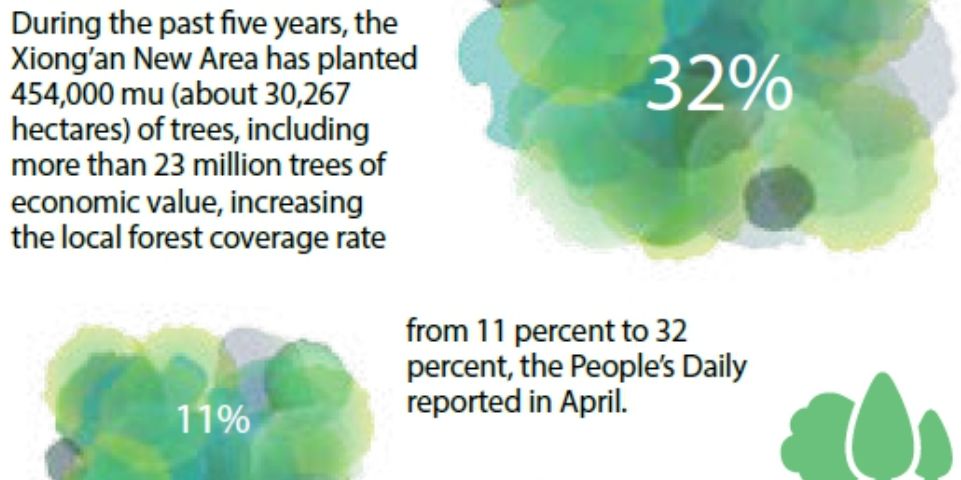
For updates click hompage here